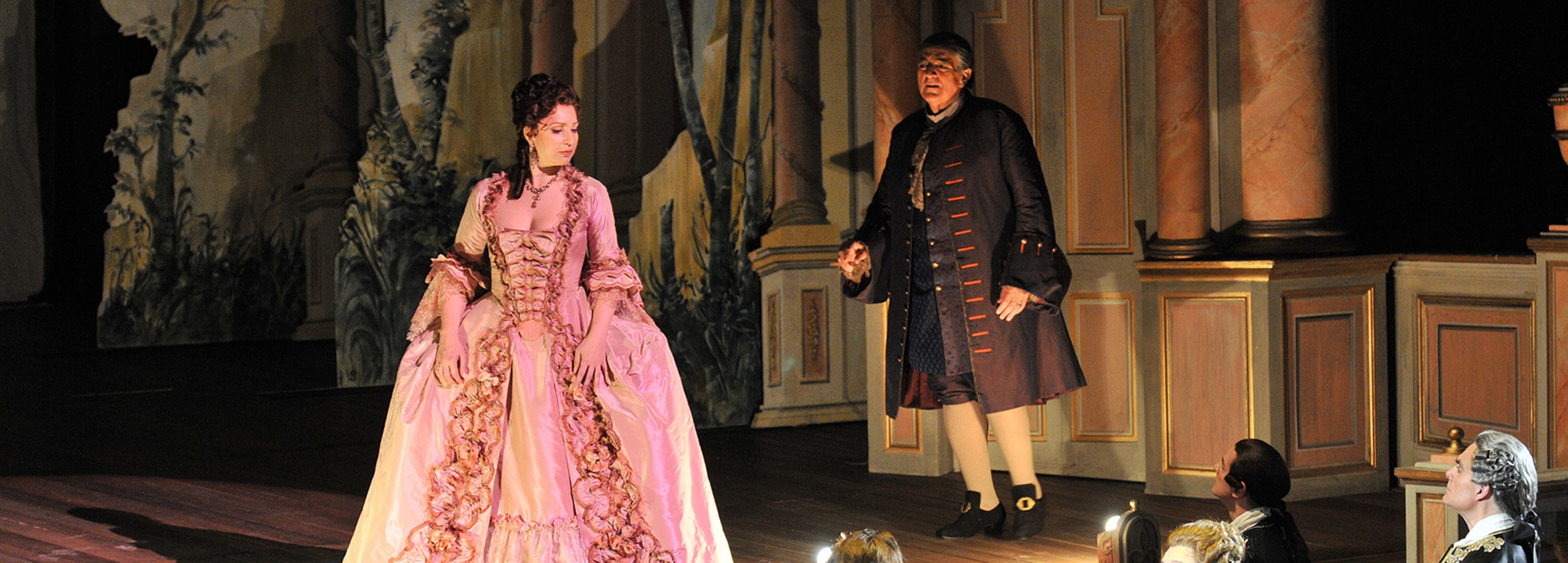
Francesco Cilèa, a contemporary of Puccini and Leoncavallo, is one of the most prominent composers of Italian opera from the late 19th and early 20th centuries, a logical continuator of the lyrical beauty of bel canto. Adriana Lecouvreur is his most notable work, a drama about love and revenge that created one of the main heroines written for lyric-dramatic soprano, an actress who makes life an art and takes her exalted world to its ultimate consequences.
Adriana Lecouvreur premiered in 1902 in Milan and was an immediate triumph for its composer, Francesco Cilèa, one of the members of what has been called the giovane scuola italiana, the generation that also includes Umberto Giordano, Giacomo Puccini, and Ruggero Leoncavallo, often identified exclusively with the verismo opera period. Strictly speaking, Adriana Lecouvreur is not a verismo – or realistic – opera, as it does not attempt to be, as it was said of the beginning of Leoncavallo's I pagliacci, a slice of life: it is, on the contrary, an intricate melodrama with an artificial ending, inspired by a French play written by Eugène Scribe and Ernest Legouvé, and adapted into Italian by the librettist Arturo Colautti. However, it does capture something that the opera of this time, the transition from the 19th to the 20th century, knew how to present in a masterful way: the overwhelming exaltation of human passions.
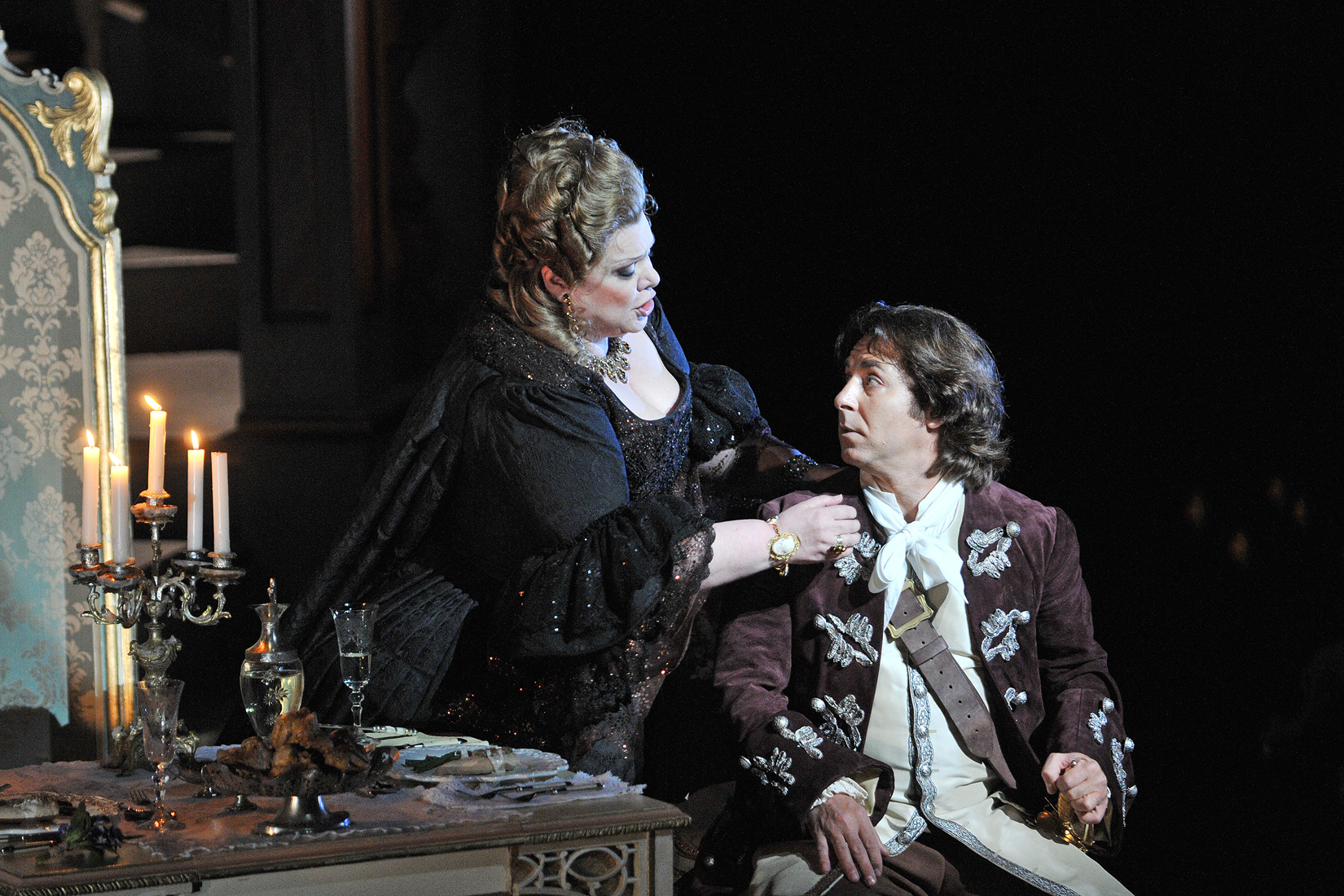
«Adriana Lecouvreur is an opera that, in essence, is about acting. And one of the first things I thought about was a wonderful late 60s movie starring Mick Jagger, called Performance, which is about the art of imagination, the art of performance, erasing the boundaries between fantasy and reality. And when I started thinking about Adriana in those terms, it became very appealing to me, and I said yes.»
David McVicar, on his original production of Adriana Lecouvreur for the Royal Opera House.
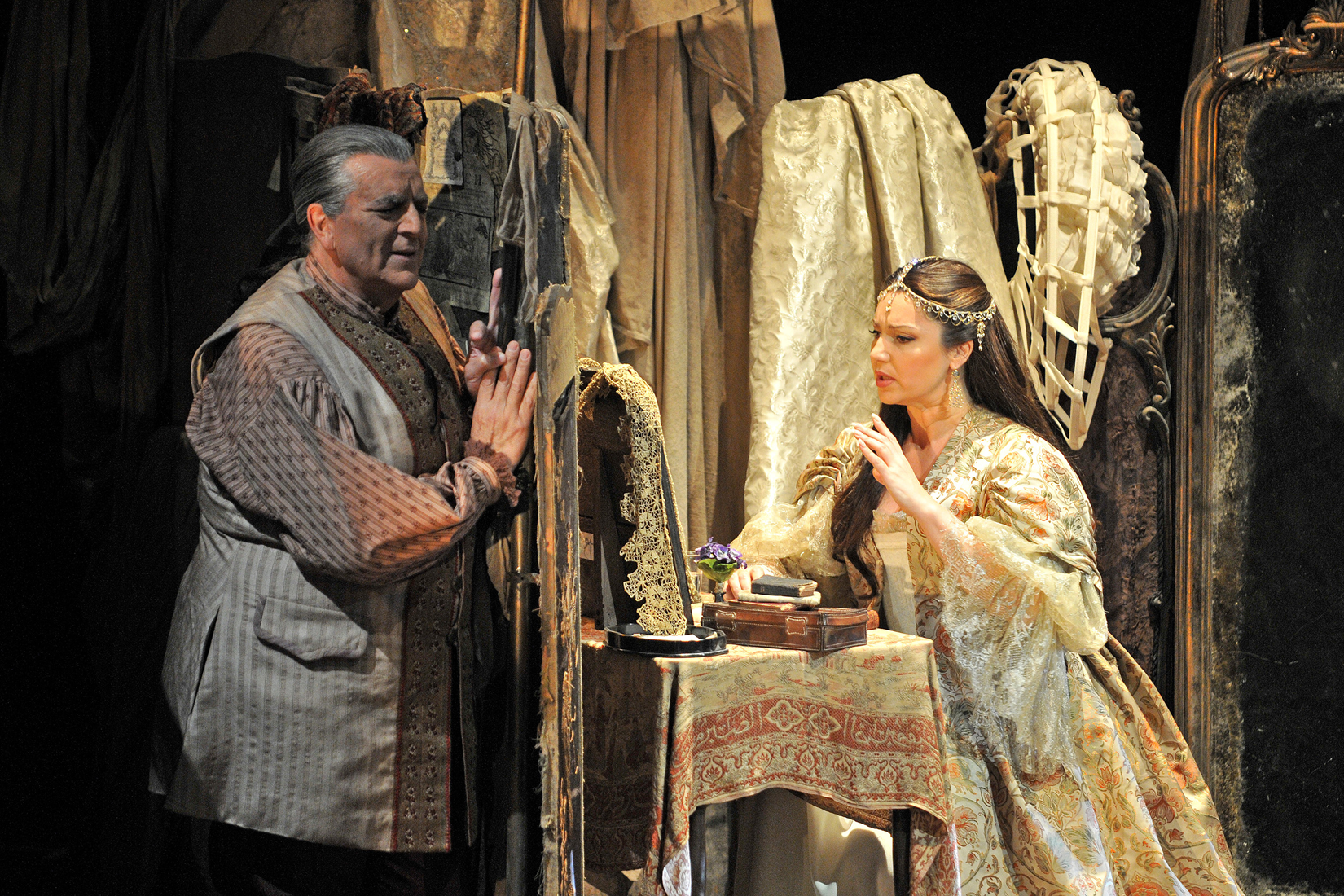
In short, Adriana Lecouvreur is the story of an actress, the protagonist from whom the work takes its title, in love with a nobleman named Maurizio, Count of Saxony. Adriana is a woman dedicated to art and its perfection – she is presented as an intermediary between the artist's genius and the public – who finds herself unwillingly involved in a political intrigue that will end her life: Maurizio, who aspires to be the king of Poland, seeks the help of the Princess of Bouillon, a former lover who is still in love with him.
«Marred by a convoluted plot and an unbelievable ending, Adriana is also a musical prodigy that crowns itself as one of the masterpieces of Italian lyricism.»
But when she discovers that Maurizio has forgotten her love and only approaches her for strategic interests, she begins to plot a revenge plan aimed directly at Adriana, whom she identifies as Maurizio's new lover and therefore her rival. After many intrigues spread between the second and third acts, highlighting the fierce antipathy between the Princess and Adriana, the tension resolves in the fourth act: Adriana receives a bouquet of poisoned violets; as she inhales the flowers' scent, she is also poisoned and ultimately dies in her lover's arms.
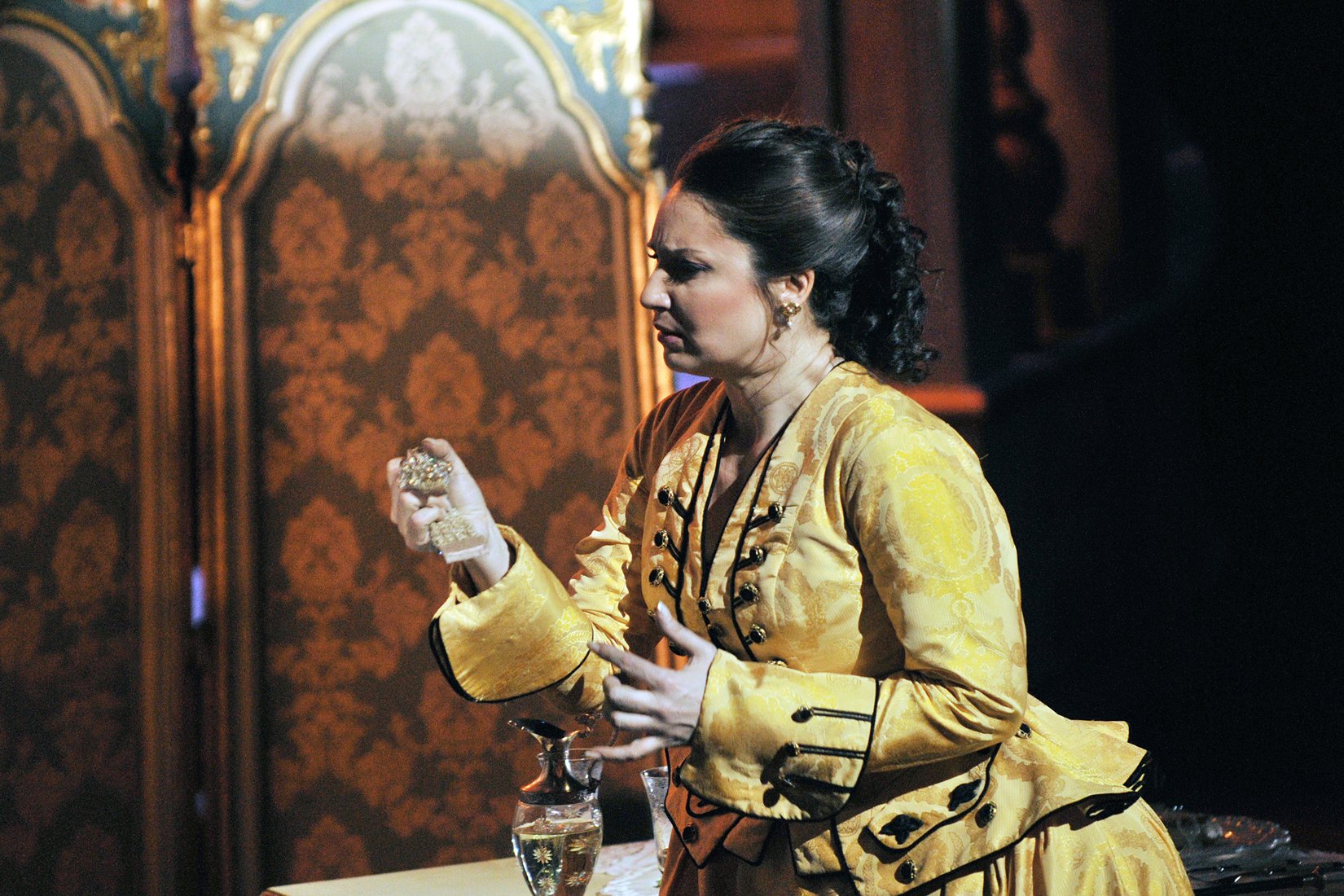
Adriana's death is a cliché widely used in many operas of the 19th and 20th centuries: that of the passionate woman, overwhelmed by a reality she cannot control, dying without having achieved love. Adriana is a tragic heroine of a similar dimension to Mimì from La bohème, Madama Butterfly, or the protagonist of La traviata, with tempestuous arias, but she dies in an unrealistic manner. Adriana's ending is likely the unbalancing and somewhat clumsy factor that has kept this opera, not musically inferior to Puccini's major works, from being as well-known as Tosca: it is a death that arrives without prior warning, without the tension escalating to its climax. Cilèa himself cut some scenes from the libretto, which could be key: his decision detracted from the story's coherence but achieved admirable musical fluidity. Adriana Lecouvreur is a gem of late Italian romanticism, a drama overflowing with melody, passions on the surface, clear and exuberant orchestrations; one of the last examples of the excellence of the classical language before the advent of musical modernism in Europe.
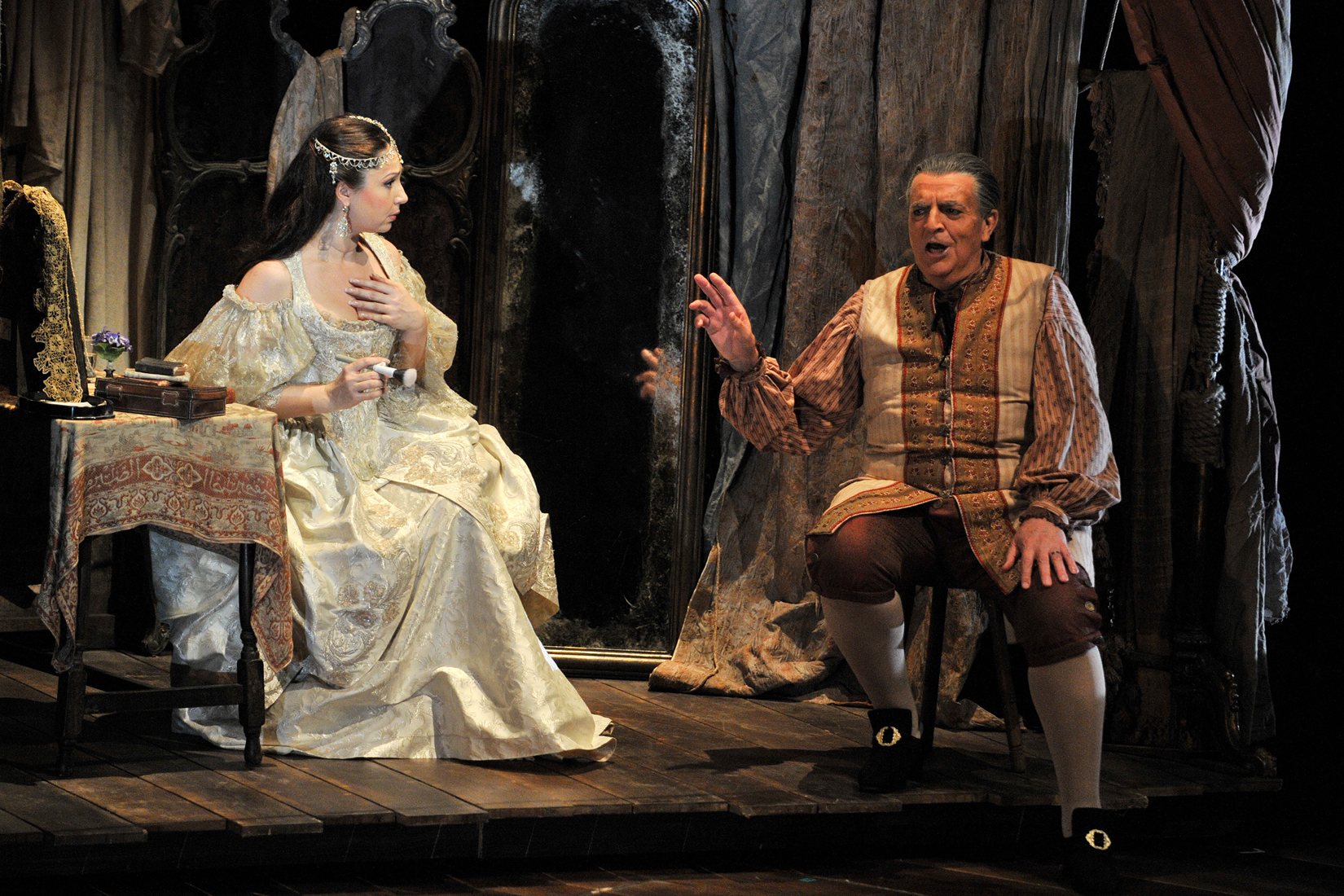
In reality, Adriana Lecouvreur is an opera out of its time. Cilèa, a conservative composer, was closer to the language of the late Verdi than to the mature Puccini, who by then had premiered Tosca and was preparing Madama Butterfly. One of the few stylistic concessions to the renewing language included in his score was Adriana's leitmotif, vaguely reminiscent of Wagner, a brief melody that sounds whenever the character enters the scene. But essentially, this is an opera that continues the historical line of bel canto, indulging in the intoxicating effect of the clean, pure voice, testing the supernatural technique of the world's best singers. An opera, as we said, out of its time, and at the same time, an eternal opera.

